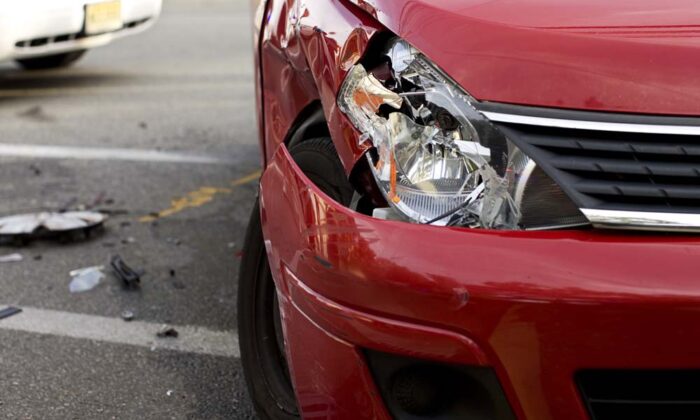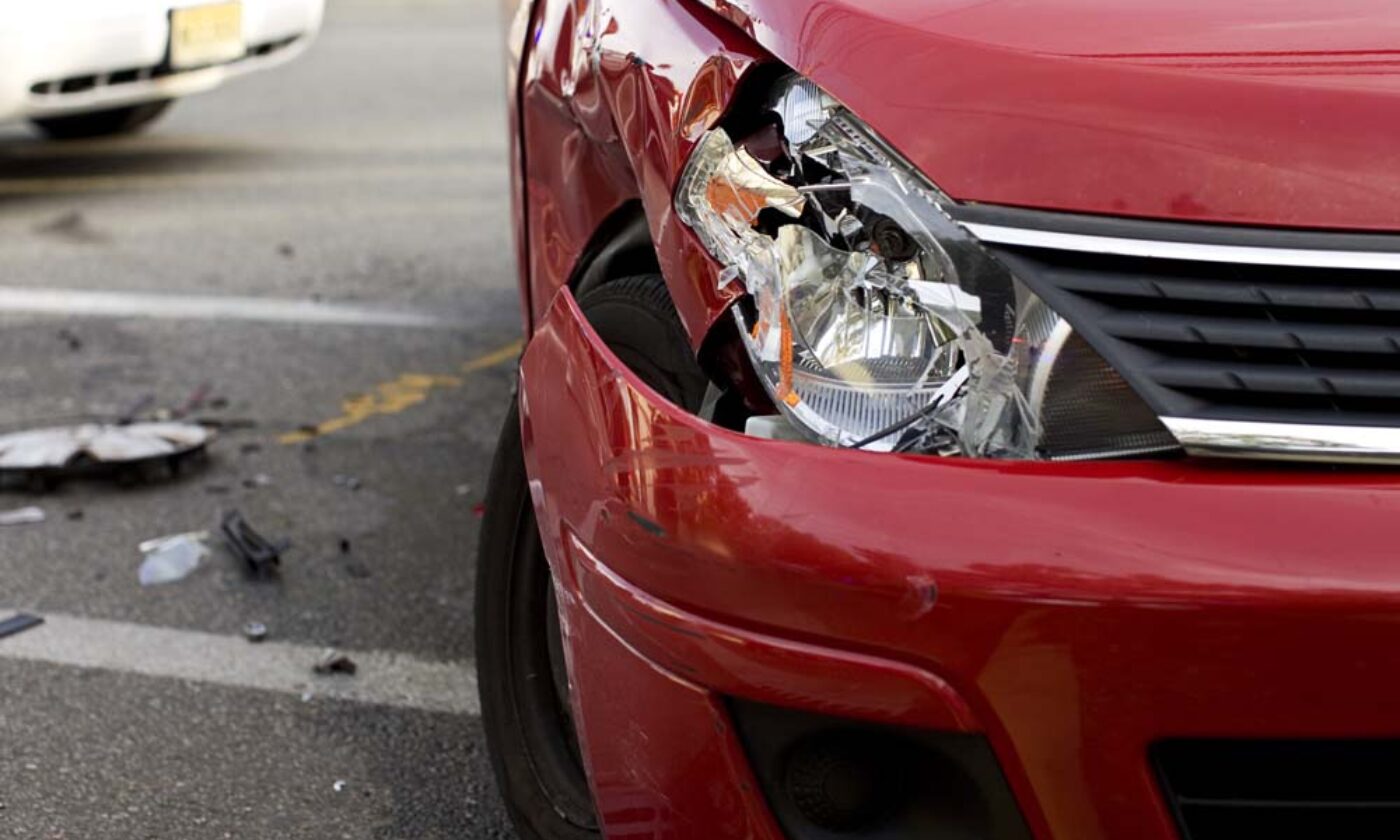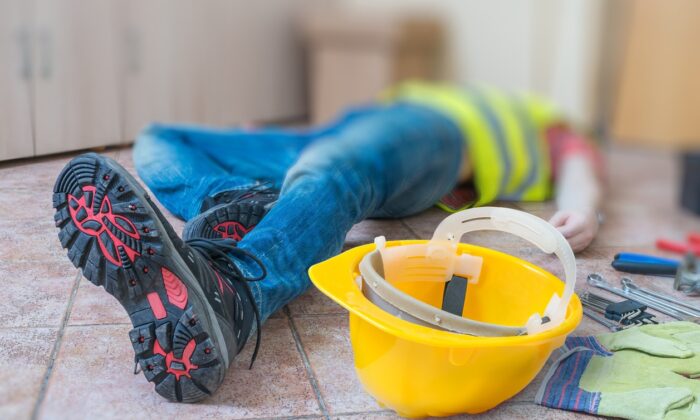Workers Compensation
The Top 10 Most Dangerous Jobs in Australia
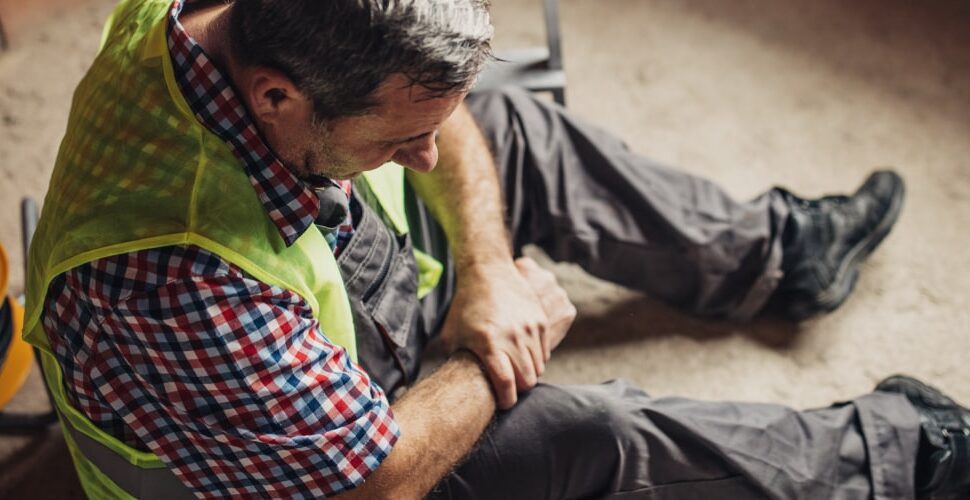
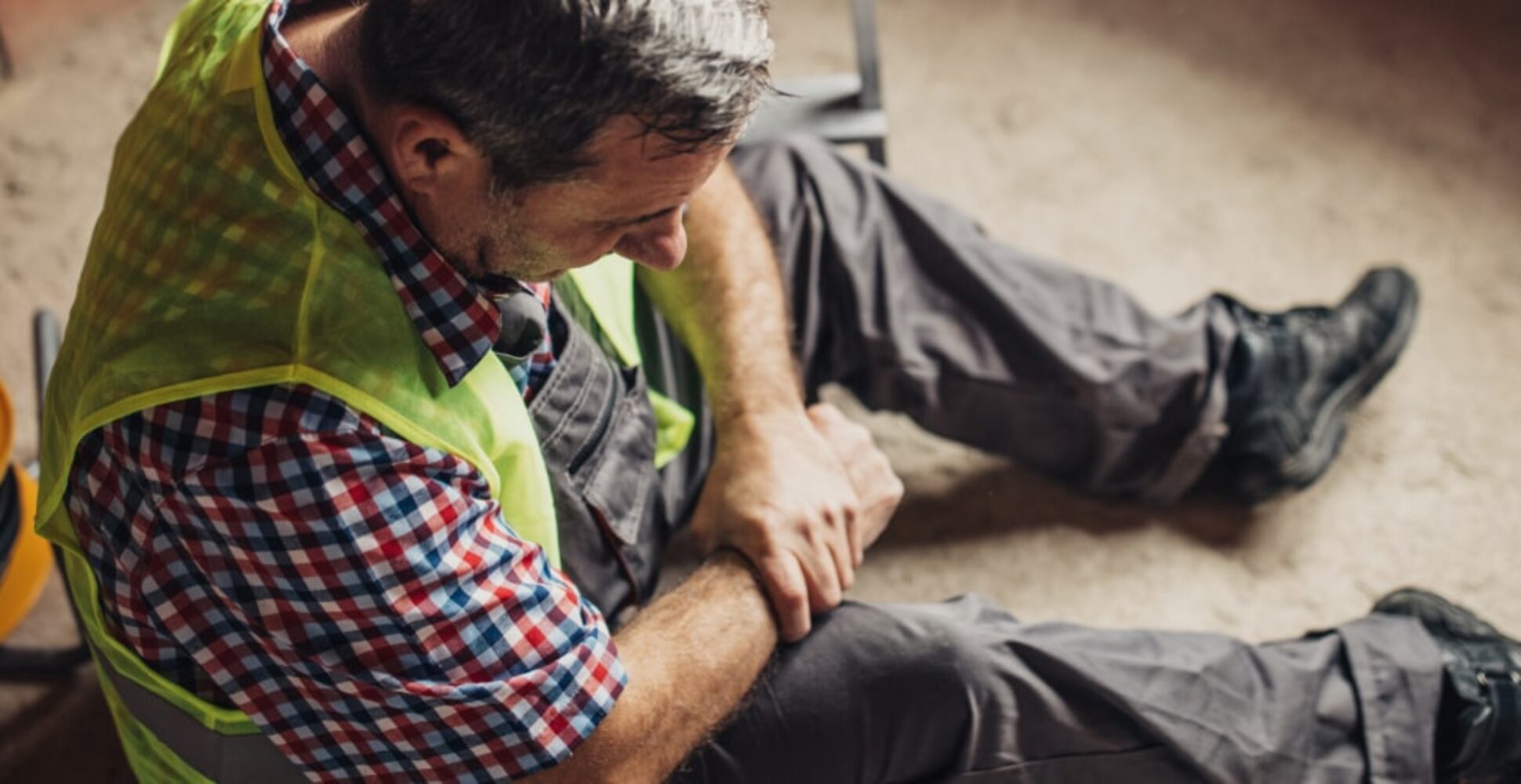
Australia records thousands of workplace injury claims each year, some of which unfortunately lead to fatalities. Although occupations involving hazardous machinery or chemicals are often considered to be high risk, there are other seemingly safe jobs that can also pose dangers. In this article, we’ll list the top 10 most dangerous jobs in Australia based on the latest data and provide the steps you can take if you’re involved in a workplace injury.
What are the most dangerous jobs?
Unexpected accidents can happen in all workplaces but some occupations are more at risk than others. Here are the top 10 most dangerous jobs in Australia, based on Safe Work Australia’s work-related fatality and injury statistics.
Road and Rail Drivers
Road and Rail Drivers are responsible for driving vehicles including cars, buses, trains and trucks to transport passengers and freight.1 These workers are exposed to risks including accidents with other vehicles or pedestrians, fatigue and hazardous weather conditions. Road and Rail Drivers recorded a 5 year average of 49 fatalities between 2017-2021, the highest among all occupations.2 These workers also fall under the Machinery Operators and Drivers occupation group, which recorded 21.3 serious injury claims per one thousand employees in 2019-20.3
Farmers and Farm Managers
Farmers and Farm Managers plan and coordinate farming operations and are involved in maintaining livestock, crops, buildings and equipment.4 They’re exposed to risks that come with using heavy machinery and chemicals such as pesticides, making farming one of the most dangerous jobs in Australia. Farmers and Farm Managers recorded a 5 year average of 22 fatalities between 2017-2021, the second highest among all occupations.2
Other Labourers
Other Labourers refer to all labourers that are not classified elsewhere by the Australian Bureau of Statistics, including freight handlers and shelf fillers.5 These labourers engage in physically demanding work that can result in fractures and other injuries from falls and accidents. A 5 year average of 17 fatalities were recorded across 2017-2021, the third highest among all occupations.2
Farm, Forestry and Garden Workers
Farm, Forestry and Garden Workers are generally responsible for preparing and harvesting crops, plants and forests, as well as raising livestock and aquatic stock.6 They’re susceptible to falling from ladders, machinery accidents and injuries from handling heavy equipment or livestock. These workers are part of the Labourers occupation group, which made up 24% of all serious injury claims in 2019-20.3
Construction and Mining Labourers
Construction and Mining Labourers are involved in the construction of buildings and roads, drilling and mining.7 They’re at risk of falling from heights and being struck by heavy objects, making them one of the top 10 most dangerous jobs in Australia. These workers are part of the Labourers occupation group, which reported 24.9 serious injury claims per one thousand employees in 2019-20.3
Design, Engineering, Science and Transport Professionals
Professionals in this category ensure the safe operation of aircraft, ships, boats and marine equipment.8 They also design and maintain buildings, machines and plants. Professionals working with aircraft and ships are at risk of accidents caused by collisions or mechanical failures, as well as being struck by moving objects. These workers recorded a five year average of 9 fatalities between 2017-2021.2
Mobile Plant Operators
Mobile Plant Operators work with machinery that can be moved to different locations. They carry out activities like sowing and harvesting crops, moving pallets and containers, and laying roads and railway tracks.9 With the risk of machinery accidents due to equipment malfunctions and overturning, it’s clear why this is one of the most dangerous jobs in Australia. These workers are part of the Machinery Operators and Drivers occupation group, which contributed to 14% of all serious injury claims in 2019-20.3
Machine and Stationary Plant Operators
Machine and Stationary Plant Operators work with machines that are fixed in a specific location. They carry out activities like extracting, loading and moving materials and equipment.10 Machine and Stationary Plant Operators are at risk of machinery accidents, exposure to electrical hazards, fires and explosions. These workers are part of the Machinery Operators and Drivers occupation group, which recorded 21 serious injury claims per one thousand employees in 2019-20.3
Protective Service Workers
Protective Service Workers are responsible for safety and order in the community and include defence, firefighting, police, custodial and security services.11 These are some of the most dangerous jobs in Australia, with workers exposed to many risks including physical violence, mental stress and fire-related injuries. Protective Service Workers recorded a 5 year average of 6 fatalities between 2017-2021.2
Electrotechnology and Telecommunications Trades Workers
Electrotechnology and Telecommunications Trades Workers typically assemble, install and repair electrical appliances and equipment.12 They face the risks of electrical shocks, falling from heights, and injuries from lifting heavy equipment. These workers are part of the Technicians and Trades Workers occupation group, which contributed to 19% of all serious injury claims in 2019-20.3
What should you do if you’re injured at work?
Suffering from an injury is overwhelming and it can be challenging to know exactly what to do if you’re in this situation. Here are some steps you can take if you’re experiencing a work-related injury:
- Notify your employer – It’s important to report a work-related injury to your employer as soon as possible and request their insurer’s details.
- Contact an experienced workers compensation lawyer – You can fill out LHD’s free online claim checker or contact one of our helpful team members on 1800 592 403 for a no-obligation consultation about your case.
- Meet with your assigned specialist LHD lawyer to discuss your claim – Our expert lawyers will assist you with filling in your NSW workers compensation claim form and attempt to seek an agreement with the other party on your behalf. If an agreement can’t be reached, we will initiate court proceedings.
You can read our comprehensive Workers Compensation guides for TAS and NSW for more information on state-specific processes and procedures.
Make a Workers Compensation claim today
If you think you have a workers compensation claim to make, LHD Lawyers can help everyday Australians receive the benefits they’re entitled to. We are confident in our abilities to win your case and stand firmly by our No Win No Fee policy: if we don’t win, you don’t pay. Call 1800 455 725 for a no-obligation consultation about your case.
Sources:
1 Source: Bureau of Statistics: Road and Rail Drivers
2 Source: Work-related Traumatic Injury Fatalities, Australia (2021)
3 Source: Key work health and safety statistics, Australia 2021
4 Source: Australian Bureau of Statistics: Farmers and Farm Managers
5 Source: Australian Bureau of Statistics: Other Labourers
6 Source: Australian Bureau of Statistics: Farm, Forestry and Garden Workers
7 Source: Australian Bureau of Statistics: Construction and Mining Labourers
8 Source: Australian Bureau of Statistics: Design, Engineering, Science and Transport Professionals
9 Source: Australian Bureau of Statistics: Mobile Plant Operators
10 Source: Australian Bureau of Statistics: Machine and Stationary Plant Operators
11 Source: Australian Bureau of Statistics: Protective Service Workers
12 Source: Australian Bureau of Statistics: Electrotechnology and Telecommunications Trades Workers
Author: James Bodel
Original Publish Date: June 29, 2023
Last Updated: August 16, 2024

Check if you’re eligible or get free claim advice now
